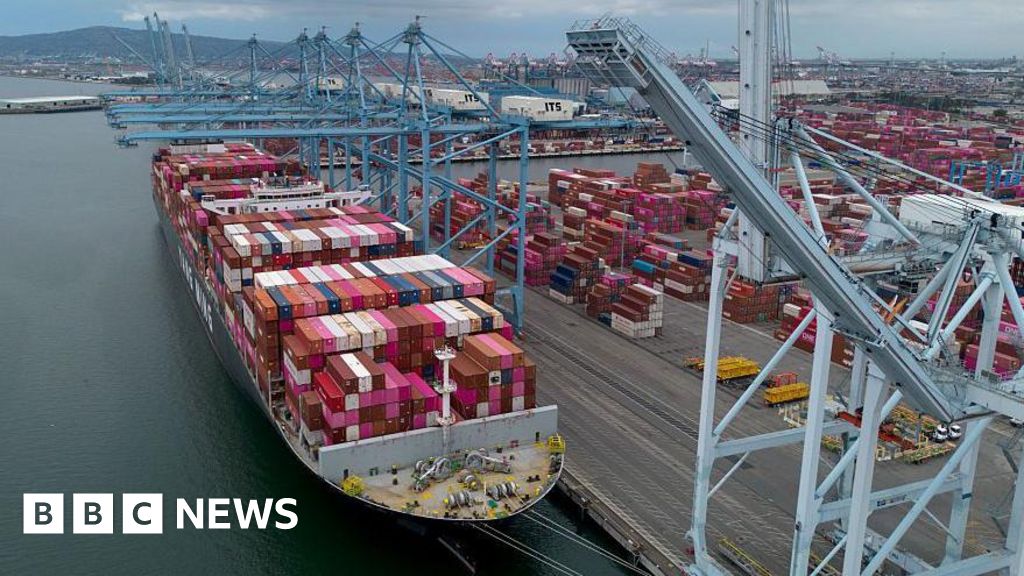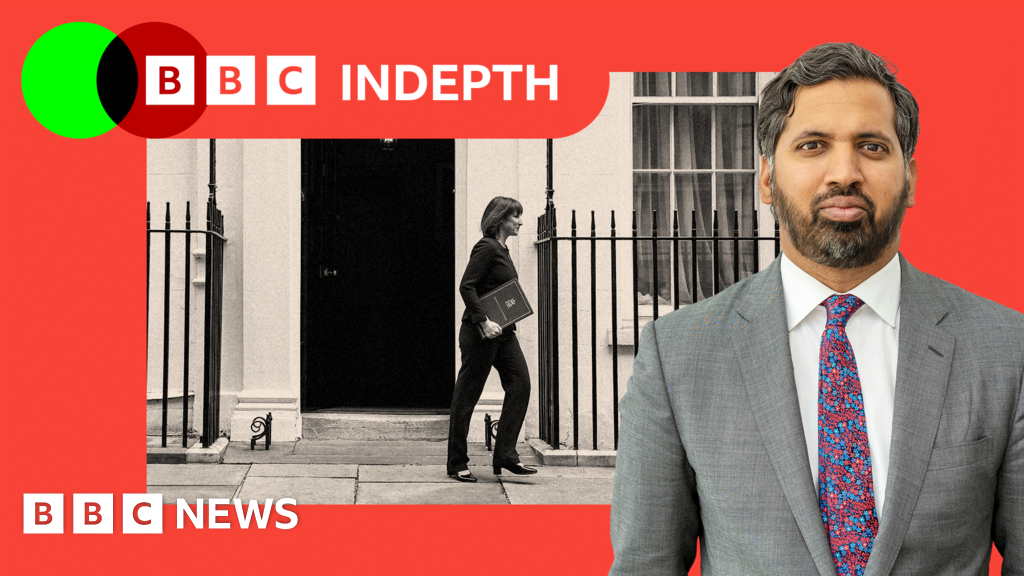ARTICLE AD BOX
Image source, Reuters
Image caption,The hryvnia, Ukraine's currency, has fallen sharply in value since Russia invaded
Ukraine's central bank has more than doubled its interest rate to 25% to the highest level for any European country.
The move is intended to slow soaring inflation and prevent a further collapse of its currency following Russia's invasion in February.
Businesses have been forced to close and key supply chains have been cut off since the war began.
The World Bank predicts that Ukraine's economy could shrink by as much as 45% this year.
The rate of inflation - or the cost of living - has risen to 17% in Ukraine and is on track to hit 20% this year, according to the country's central bank.
The National Bank of Ukraine said the benchmark interest rate increase - from 10% to 25% - would help protect citizens' savings from being eaten by soaring inflation.
Ukraine's currency, the hryvnia, has also come under heavy pressure since Russia's invasion, falling sharply in value. The central bank said it hoped the rate rise would ease some of that strain and stabilise the currency.
It is Ukraine's first rate increase since the war broke out, with the bank signalling it would move to reduce rates again once inflation was back under control.
More than $100bn of infrastructure damage to Ukrainian cities has been caused by artillery fire and airstrikes, according to the Kyiv School of Economics, while 14 million citizens have been forced to flee their homes.
To mount its military defence, and support citizens who have lost their livelihoods, the government has rapidly increased its spending, pushing the budget deficit up 27% month on month to $7.7bn in May, according to Kyiv-based investment bank Dragon Capital.
Banks have also been forced to accept that loans made to businesses in territory now controlled by Russia will probably never be repaid, another huge financial blow to the country's economy.
"The most likely scenario is that nearly all corporate and retail loans in the territories that are still occupied will be lost," said Vitaliy Vavryshchuk, head of macro research at asset manager Investment Capital Ukraine.
Key exports
Friday marks 100 days since Russia invaded neighbouring Ukraine, with 4,500 civilians killed since fighting broke out. Hospitals and schools have been devastated, while ports have been blockaded, cutting Ukraine off from the exports that form the backbone of its economy.
Around 50% of the world's supply of neon gas, critical for making the microchips that power smartphones and cars, comes from just two Ukrainian companies.
In addition, more than 18% of global barley exports, 16% of corn and 12% of wheat, come from Ukrainian fields.
Image source, Getty Images
Image caption,A farmer shovels grain in Ukraine
"The food crisis really threatens up to 1.4 billion people that are going to experience food shortages and even famine in some places," Amin Awad, the UN crisis coordinator for Ukraine told the BBC's Today programme.
"The food is stranded in Ukraine. It produces 85 million tonnes of grain every year."
With another large harvest coming up in July and August this year, Mr Awad warned that if grain silos, currently full with food can't be cleared cleared, crops would rot in the fields because there would be no place to store them.
Egypt, which prior to the war received around 80% of its wheat from Russia and Ukraine, is currently experiencing shortages, and warned that "millions" could die globally.

 3 years ago
102
3 years ago
102








 English (US) ·
English (US) ·